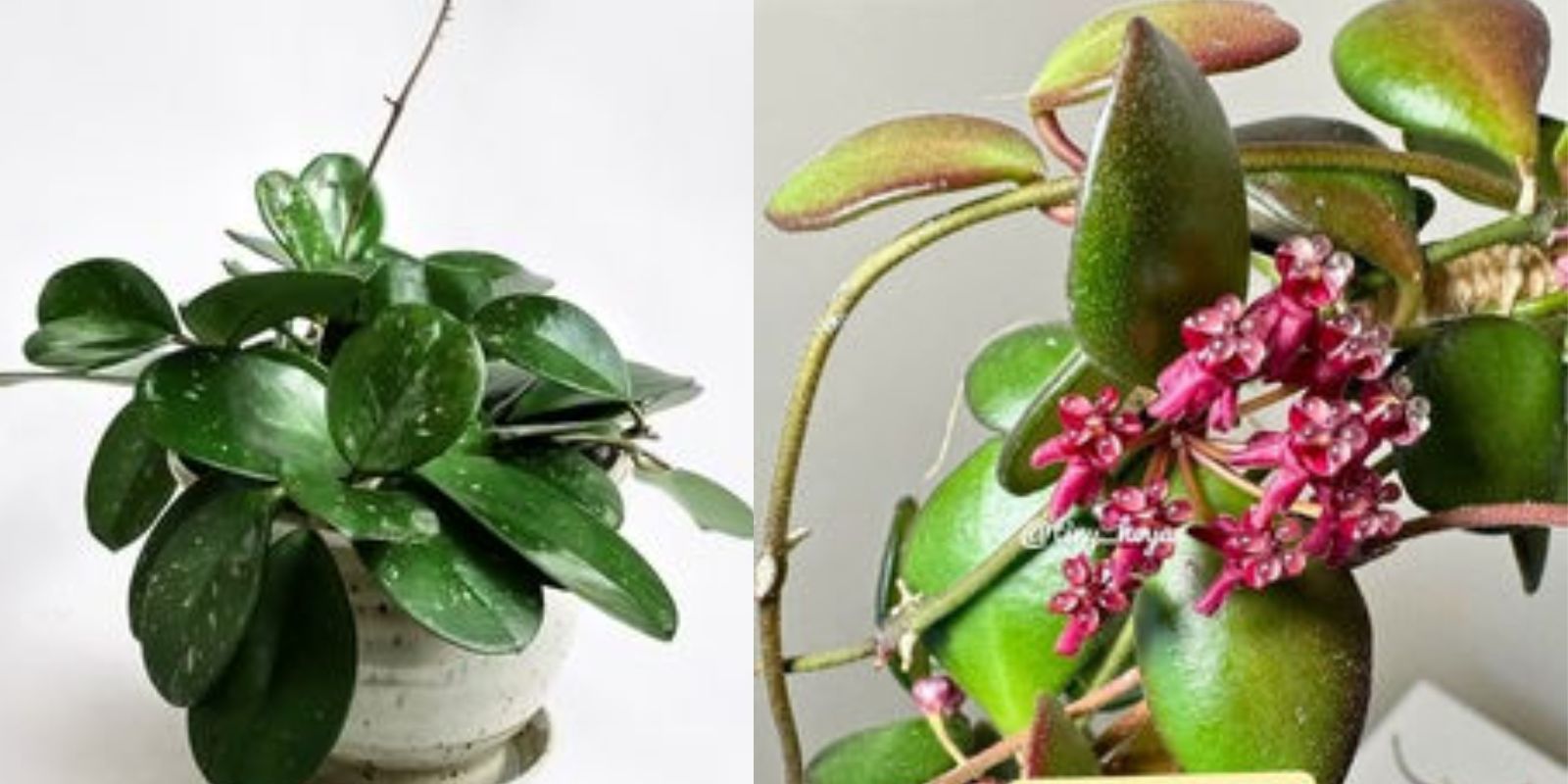The wax plant, or Hoya, is celebrated not only for its charming, waxy flowers but also for the delightful fragrance it brings to indoor spaces. Cultivating a wax plant can be a rewarding experience, especially when you witness it adorned with abundant blooms. In this comprehensive guide, we will explore everything you need to know to ensure your Hoya thrives and flowers like never before.
Introduction: Embracing the Beauty of Wax Plants
Imagine your living room adorned with cascades of delicate, star-shaped flowers emitting a sweet, intoxicating fragrance. This is the allure of the wax plant, a member of the Apocynaceae family known for its resilience and exotic blooms. Whether you’re a seasoned gardener or a beginner looking to add a touch of elegance to your indoor garden, cultivating a Hoya can bring immense joy and satisfaction.
Understanding Your Wax Plant: Basics and Varieties
1. Basics of Wax Plants:
Hoyas are native to tropical and subtropical regions, where they thrive in dappled sunlight and warm, humid conditions. They are characterized by their thick, waxy leaves and clusters of star-shaped flowers that vary in color and size depending on the species.
2. Popular Varieties:
There are numerous Hoya species and cultivars to choose from, each offering unique foliage and flower characteristics. Some popular varieties include Hoya carnosa with its pink or white flowers, Hoya bella with small, fragrant blooms, and Hoya kerrii with heart-shaped leaves.
Creating the Ideal Growing Environment
1. Light Requirements:
Hoyas thrive in bright, indirect light. Place your plant near a north or east-facing window where it can receive filtered sunlight throughout the day. Avoid placing them in direct sunlight, as this can scorch their leaves.
2. Temperature and Humidity:
Maintain a consistent temperature range between 60-80°F (15-27°C) for your Hoya. They appreciate higher humidity levels, especially during the growing season. You can increase humidity by misting the leaves regularly or placing a humidity tray nearby.
3. Potting and Soil:
Use a well-draining potting mix specifically formulated for epiphytic plants or create your own mix using equal parts of peat moss, perlite, and orchid bark. Hoyas prefer slightly acidic to neutral soil pH (around 6.0-7.0).
Essential Care Tips for Flowering
1. Watering Routine:
Water your Hoya thoroughly when the top inch of soil feels dry to the touch. Allow excess water to drain away completely to prevent root rot. During winter, reduce watering frequency as the plant enters a period of dormancy.
2. Fertilization:
Feed your wax plant with a balanced liquid fertilizer diluted to half-strength every 2-4 weeks during the growing season (spring and summer). Avoid fertilizing during winter when growth slows down.
3. Pruning and Training:
Prune your Hoya to remove dead or leggy growth and encourage new shoots and flowers. Use clean, sharp pruning shears to make precise cuts just above a leaf node. You can also train your Hoya to climb by providing a trellis or support.
Promoting Flowering: Expert Strategies
1. Stimulating Bloom Cycles:
Hoyas typically bloom when they reach maturity, which can take a few years from planting. To encourage flowering, maintain consistent care routines, especially regarding light, temperature, and watering. Hoyas often bloom in response to changes in these environmental cues.
2. Enhancing Flower Production:
After your Hoya finishes blooming, prune back spent flower stalks to redirect energy into new growth and future blooms. Some gardeners also swear by slight root pruning or repotting to stimulate flowering.
3. Troubleshooting Flowering Issues:
If your Hoya fails to bloom despite optimal care, check for potential stressors such as insufficient light, overwatering, or extreme temperature fluctuations. Adjust care routines accordingly to promote flowering in subsequent bloom cycles.
Beyond Blooms: Creative Uses and Enjoyment
1. Display and Decoration:
Wax plants are ideal for hanging baskets or placed on elevated shelves where their trailing vines and clusters of flowers can cascade gracefully. Their glossy leaves add a touch of lush greenery to any indoor setting.
2. Propagation and Sharing:
Expand your Hoya collection by propagating from stem cuttings or layering. Share cuttings with friends and fellow gardeners to spread the joy of growing these beautiful plants.
3. Appreciating Fragrance and Beauty:
Take time to enjoy the sweet, honey-like fragrance emitted by Hoya blooms, especially during evenings when their scent is most potent. Consider placing your Hoya near seating areas or bedroom windows to fully appreciate their aromatic charms.
Join the Hoya Enthusiast Community
The journey of cultivating wax plants is enriched by connecting with fellow enthusiasts. Join online forums, social media groups, or local gardening clubs to exchange tips, troubleshoot issues, and celebrate the joy of successful blooms together. Sharing experiences and learning from others can deepen your appreciation for these captivating plants.
Conclusion: Cultivating Beauty and Fragrance
In conclusion, nurturing a wax plant (Hoya) to bloom abundantly requires patience, care, and attention to its specific needs. By providing optimal growing conditions, regular maintenance, and a little bit of expert know-how, you can transform your indoor space into a fragrant sanctuary adorned with cascades of exquisite flowers. Embrace the journey of growth, celebrate each bloom, and revel in the beauty and fragrance that a well-cared-for Hoya brings to your home. Happy gardening!

